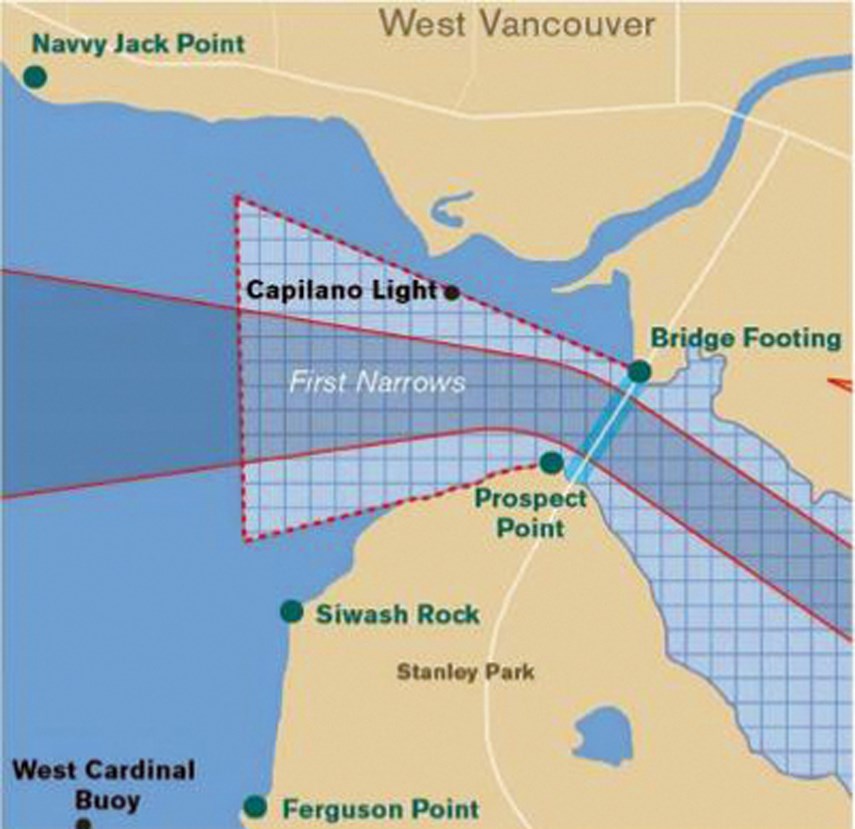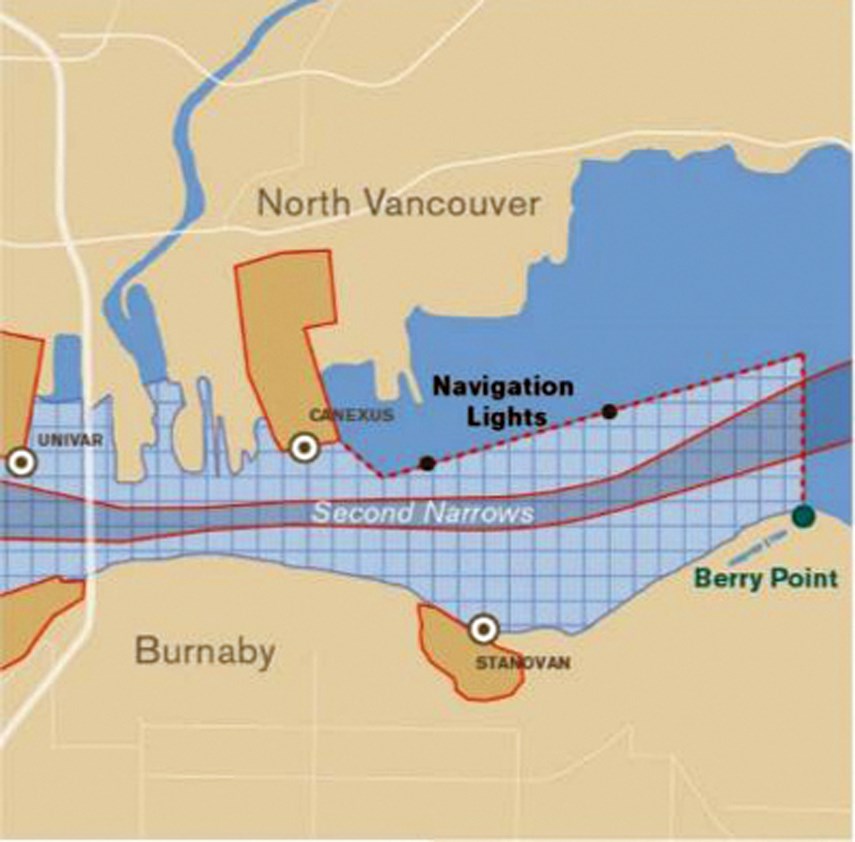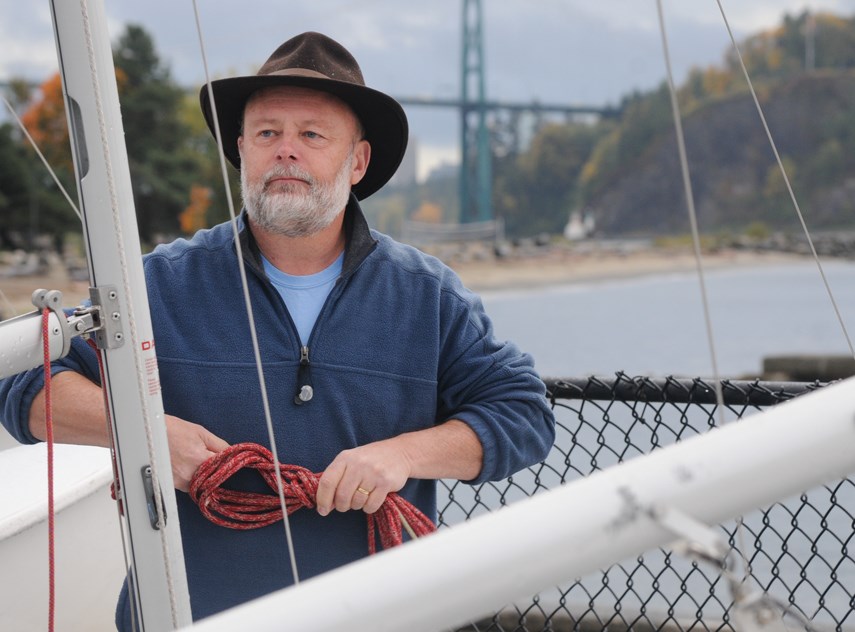The Vancouver Fraser Port Authority is back-paddling on some restrictions that would limit where recreational boaters could go near First and Second Narrows.
Last week, the port established new rules that would have banned all recreational vessels between Ferguson Point in Stanley Park and Navvy Jack Point in West Vancouver, save for a thin strip for fishing along Ambleside.
It would have put members of the Hollyburn Sailing Club on dry land and stopped kayakers from hugging the Stanley Park shoreline to Siwash Rock.
Following blowback from boaters and paddlers, the port issued a revised map on Friday morning, shrinking the no-go zone considerably.
“We prefer to share the waterway with the recreational users and not be really difficult about it. We’re basically educating the recreational users for their own safety,” said harbour master Chris Wellstood.
Under the new regulations at the Second Narrows, non-motorized vessels may again travel west of Berry Point, but must keep north of navigational lights near the centre of the Inlet.

About 2,000 ships cross the First Narrows every year. That number has been steady for the last 20 years but cruise ships, bulk carriers, and container ships are all getting larger, which makes them more difficult to navigate through a narrow shipping channel.
Actual collisions between vessels are rare but there are a significant number of near-misses in the channel, Wellstood said.
“They all have the potential to turn into something that is more than a near-miss. Like in any industry, you can have a whole bunch of near misses where nothing happens. It doesn’t mean that that practice is safe,” he said.
The latest, more relaxed rules are here only on a trial basis, Wellstood added. “We’ve reduced the boundaries of the no-fishing, sailing, rowing, paddling, jet-skiing or waterskiing areas. But we also expect the local pleasurecraft industry or the paddleboard shops and the marinas and the sailing schools … to inform their members of the dangers of not adhering to these boundaries,” he said. “If we notice that people do not adhere to that boundary, then we’re back to closing it off again.”

Hollyburn Sailing Club Commodore Mike Bretner said he was happy the port reversed course.
“The club has got a nice area. I think the paddlers from False Creek and up will be happy they can get past Siwash Rock now,” he said. “To be honest, we weren’t consulted at all but we went to the port with our concerns and they did listen to us.”
Commercial and recreational fishing are not happy with the outcome, however.
“If these are enforced, it effectively shuts down our fall chinook fishery in September and October off the Capilano (River),” said Jason Assonitis, owner of Bon Chovey Fishing Charters. “It prevents us from fishing the area where these fish typically sit.”
More than disrupting his business, the new rules will impact tackle shops and boat rental businesses, and end fishing in a popular spot local families have gone to for decades, Assonitis added.
“We were reasonably optimistic but with these changes that came down today, it appears that our consultation with them up to this point hasn’t meant too much,” he said.



